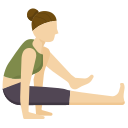Start Strong: Yoga Safety Tips for Newcomers
Today’s theme: Yoga Safety Tips for Newcomers. Begin your practice with confidence through practical, body-friendly guidance that protects your joints, calms your breath, and builds sustainable progress. Share your questions and subscribe for weekly safety insights tailored to beginners.
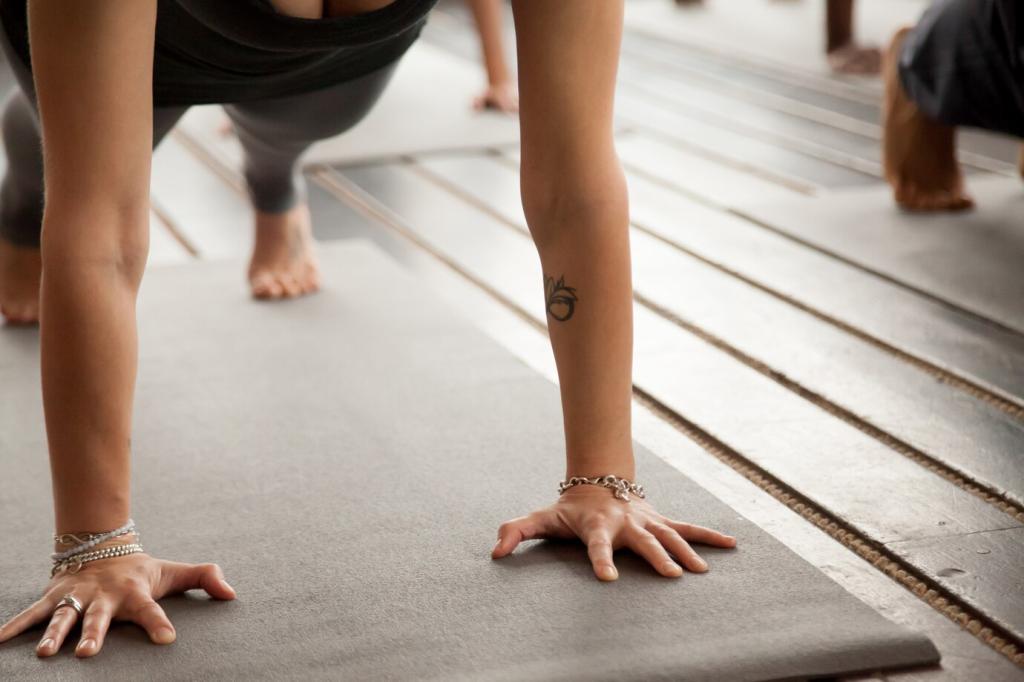
Listen to Your Body, Not Your Ego
Sharp, pinching, or electric pain is a red flag; steady warmth and mild muscular fatigue are green lights. If breath turns ragged or shoulders creep toward ears, ease back. Comment with your personal red flags.
Listen to Your Body, Not Your Ego
Practice at roughly seventy percent intensity for the first month. This preserves form, builds capacity, and keeps curiosity alive. You will actually improve faster by avoiding setbacks, not courting them.
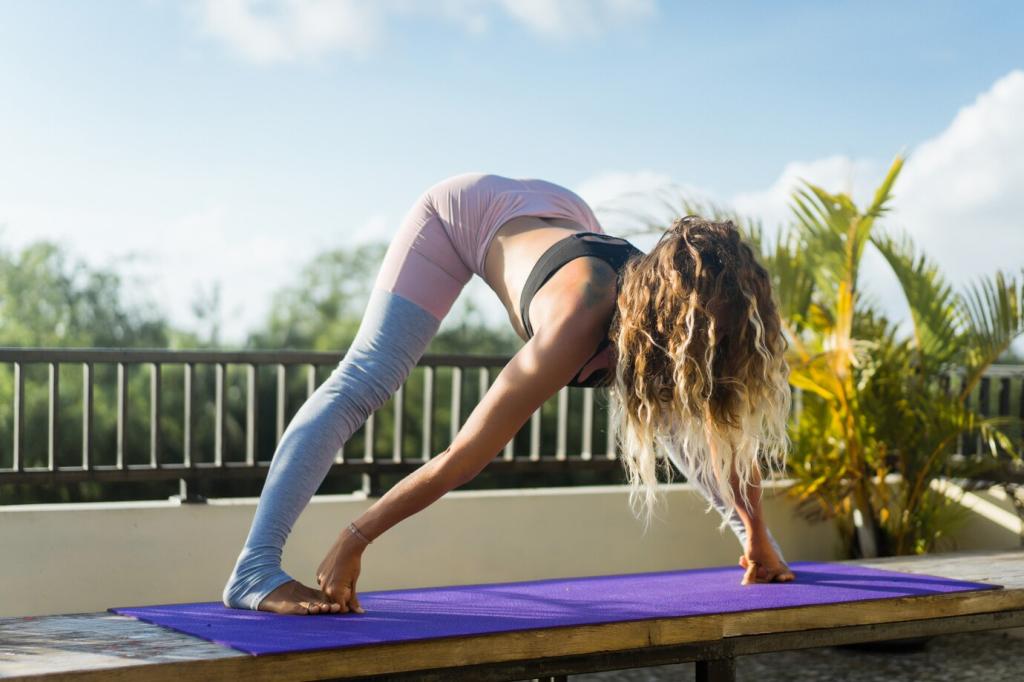
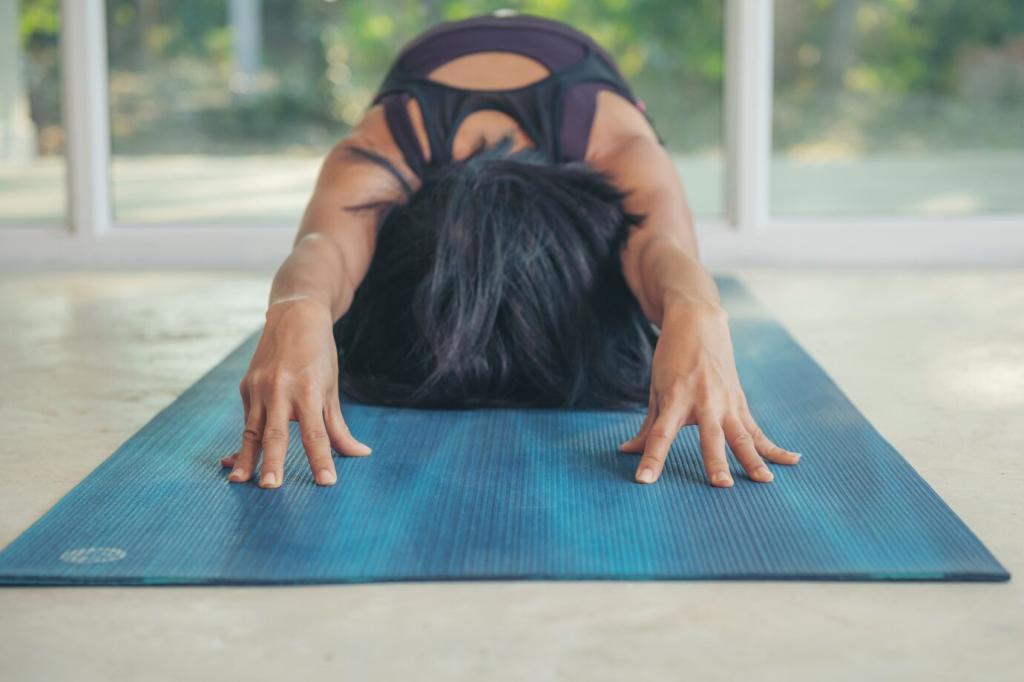
Build a Stable Foundation: Breath and Alignment
Spread your fingers and toes, root through the mound of the big toe, little toe, and heel or base of the palm. Even pressure stabilizes joints and prevents wobbling that stresses wrists and knees.
Warm-Up That Works
In the morning, favor slow spinal waves, gentle hamstring flossing, and shoulder circles. Evenings can handle slightly deeper lunges and hip openers. Match intensity to the time of day and your energy.
Props and Modifications Without Shame
Wrists-Friendly Downward Dog
Use blocks under hands or practice on forearms to reduce wrist extension. Grip the mat, press through fingertips, and rotate elbow pits slightly forward. Spread load through the whole hand, not just the heels.
Hamstring-Safe Forward Folds
Bend your knees generously, hinge at hips, and rest hands on blocks. Lengthen the belly toward thighs. You will protect the low back and gradually lengthen hamstrings without tugging on the sit bones.
Knee-Wise Lunges and Warriors
Pad the back knee, shorten your stance, and align the front knee over the middle toes. Lift the lower belly, keep the back glute lightly engaged, and feel pressure spread evenly.
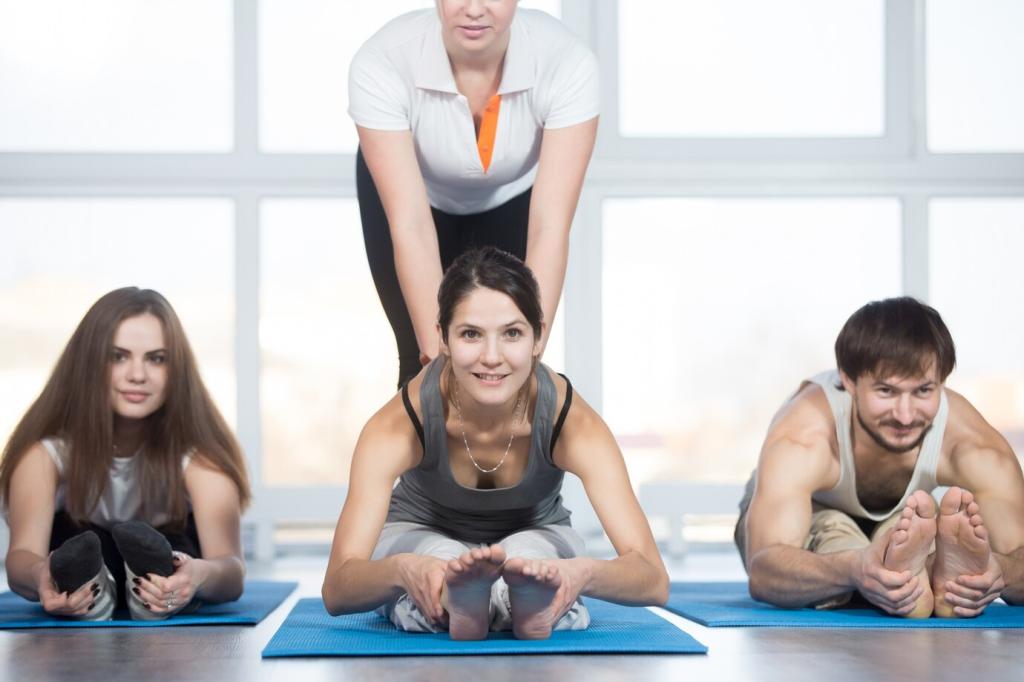
Stack shoulders above wrists in planks, spread fingers, and grip slightly with fingertips. Rotate upper arms outward, hug forearms inward. Add short holds, then rest. Progress comes from frequent, tiny doses of loading.

Guide knees in line with middle toes during bends. If knees ache, lessen depth, engage outer hips, and use padding. Build strength with slow, controlled transitions rather than bouncing in and out.
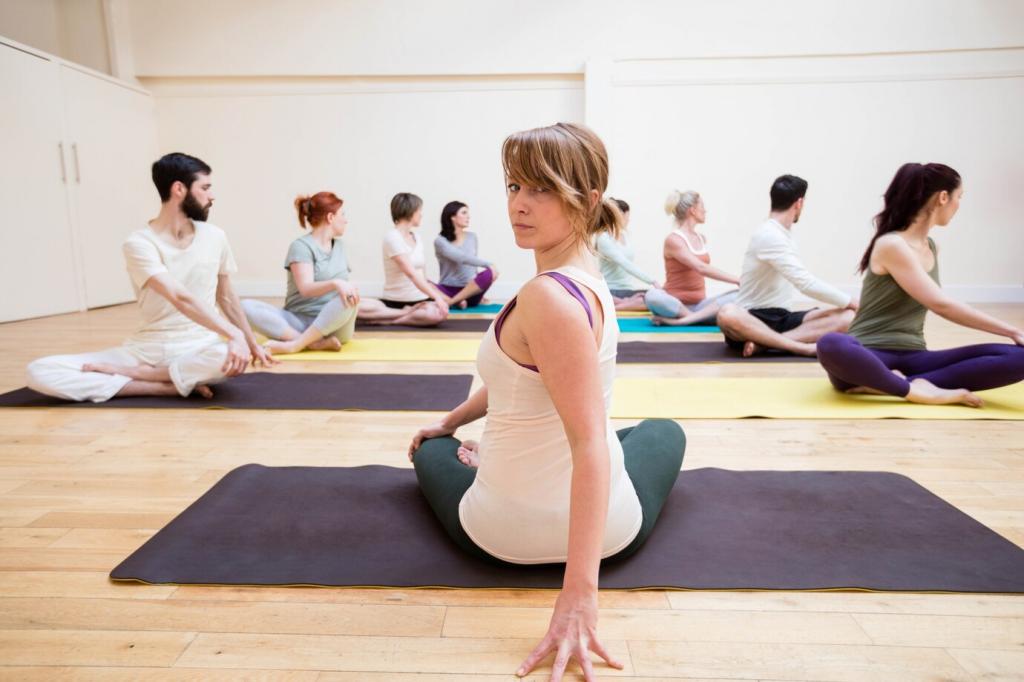
Lift the lower belly on exhales, lengthen the tailbone, and avoid collapsing into deep backbends. Keep legs active, ribs softly contained, and breathe steadily. A supported spine explores safely and recovers quicker.
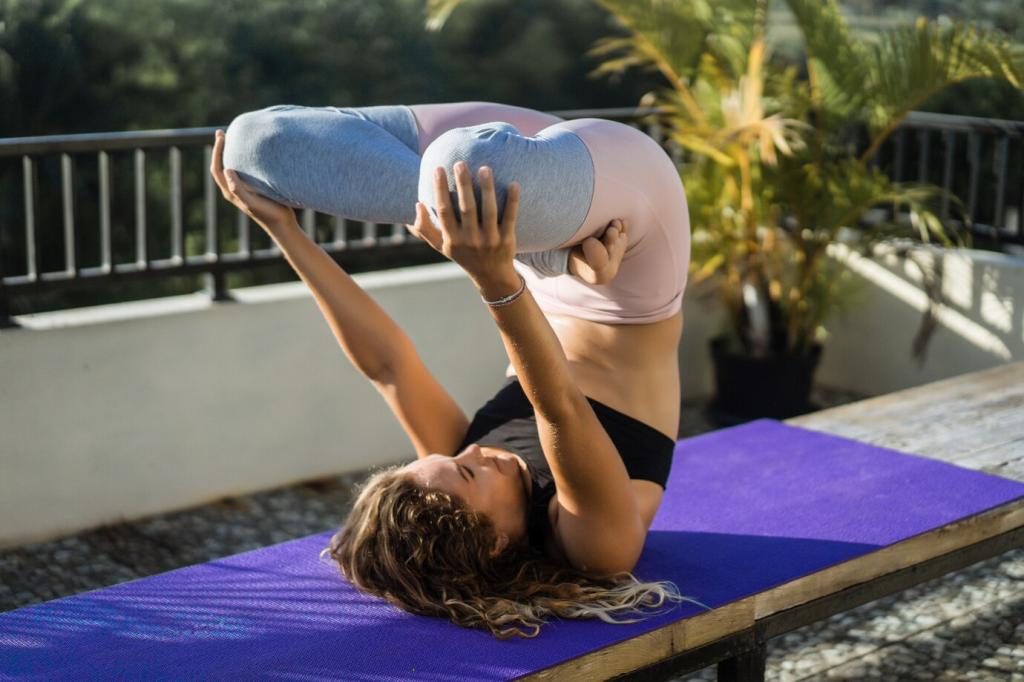
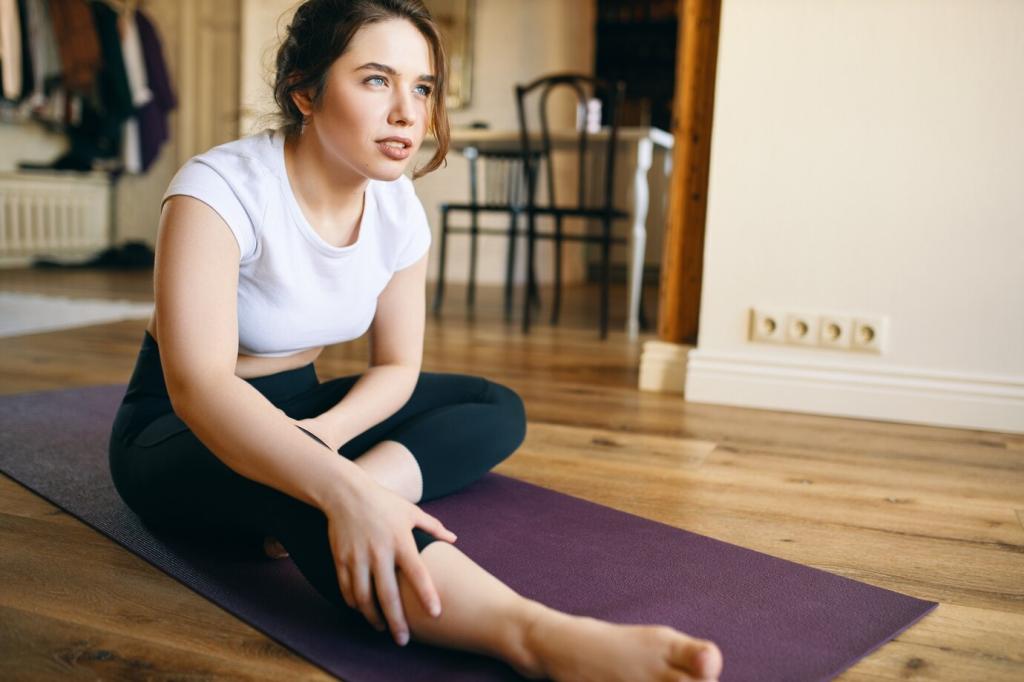
Pace, Recovery, and Sustainable Progress
Mild soreness that fades within forty-eight hours is normal. If discomfort lingers or intensifies, reduce intensity next session. Your tissues remodel in rest, not in relentless repetition. Let recovery do its work.
Pace, Recovery, and Sustainable Progress
End every practice with a few minutes of stillness. It calms the nervous system and integrates movement learning. Cover yourself, soften the jaw, and let breath slow. Safety includes a thoughtful finish.
What to Tell Your Instructor
Before class, share prior injuries, surgeries, pregnancy, or pain patterns. Ask for alternatives when a pose aggravates symptoms. Clear communication helps teachers support you and keeps exploration within safe boundaries.
Journaling Your Safety Cues
After practice, note two sensations, one alignment cue that helped, and any pose that felt risky. Patterns will emerge, guiding smarter modifications and building trust in your body’s wisdom.
Connect With Fellow Newcomers
Comment with a tip that protected you today. Read others’ stories, borrow a cue, and report back next week. Shared learning keeps momentum high and turns safety into a supportive habit.
